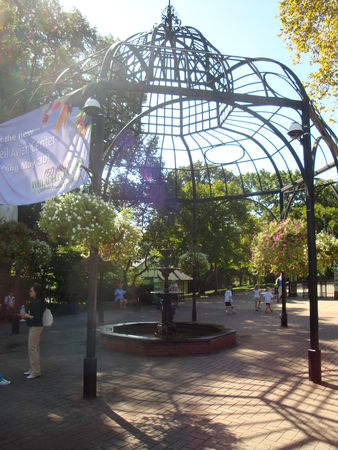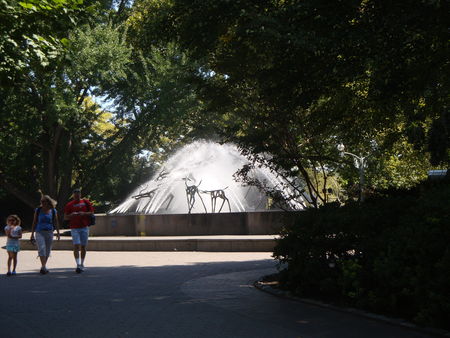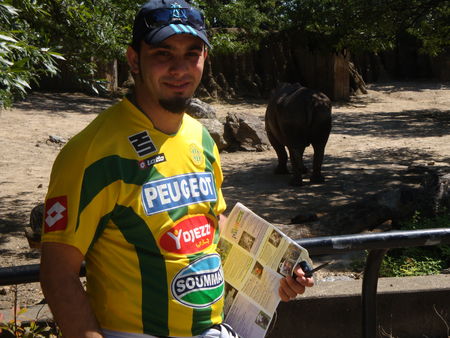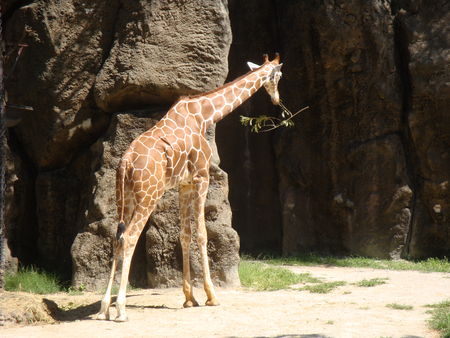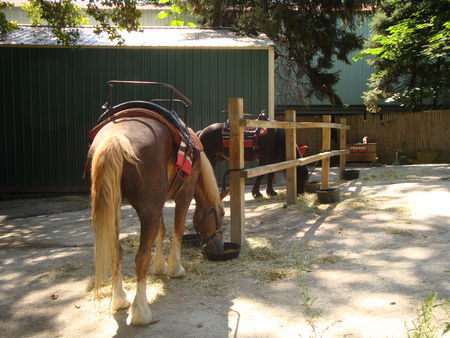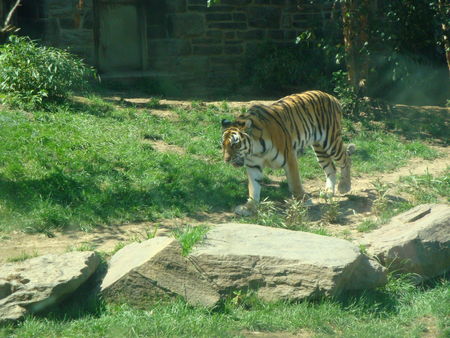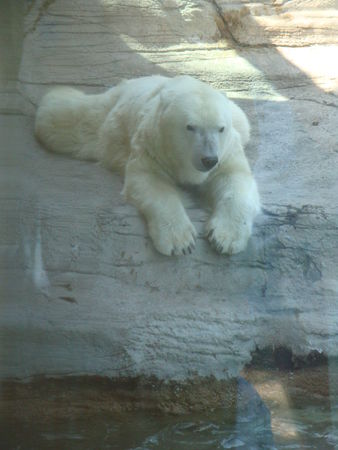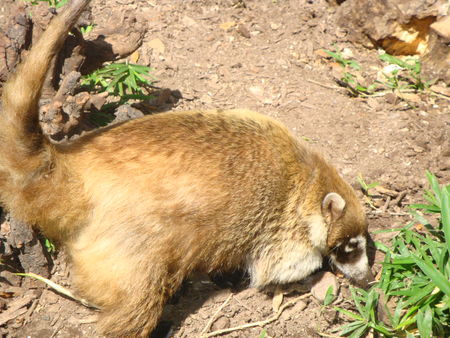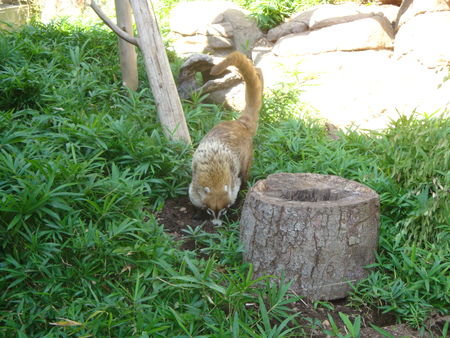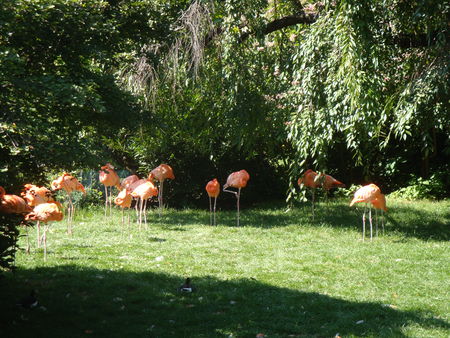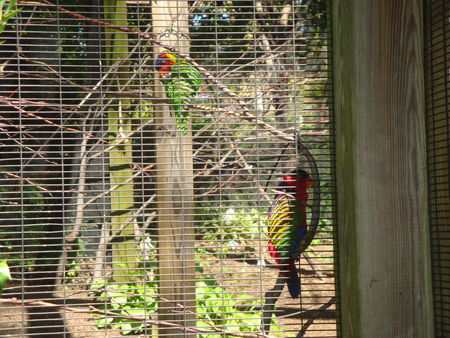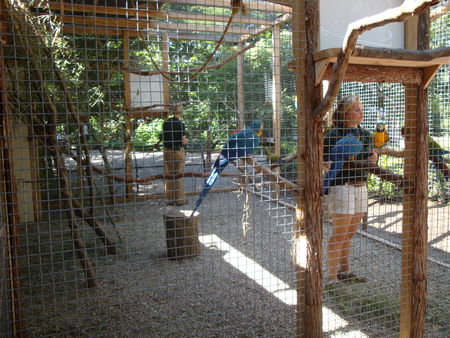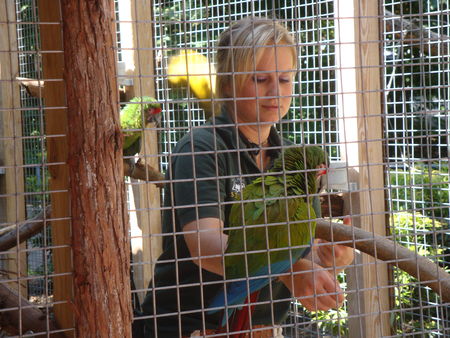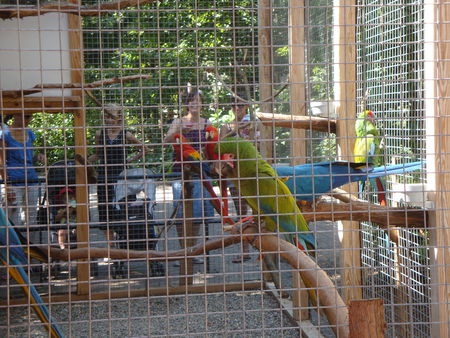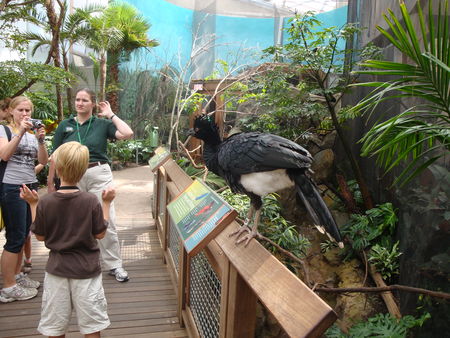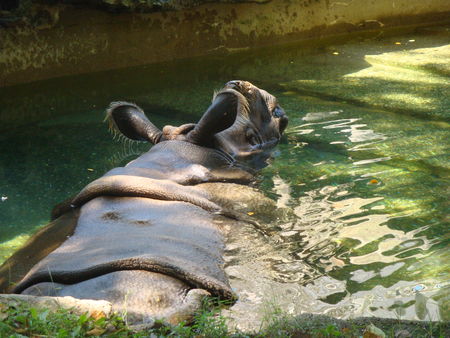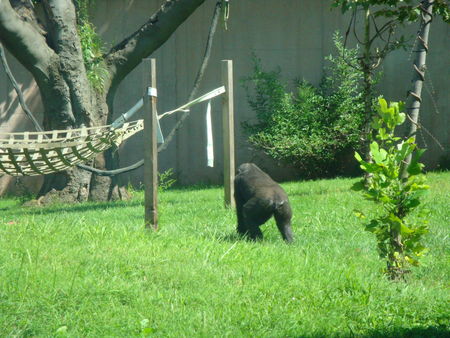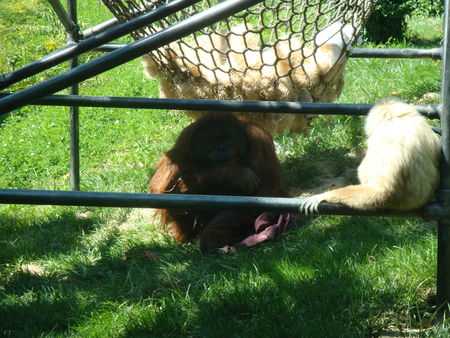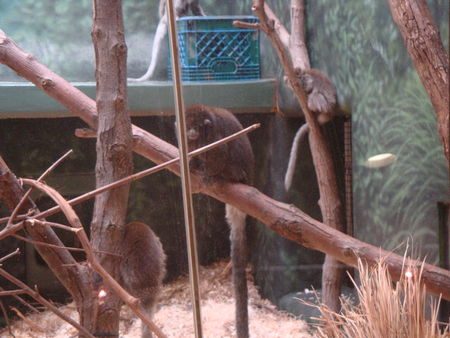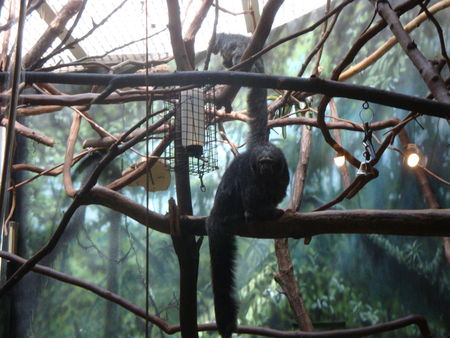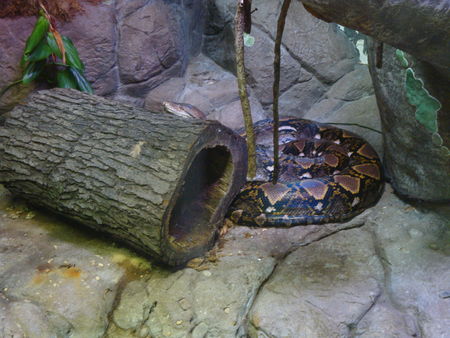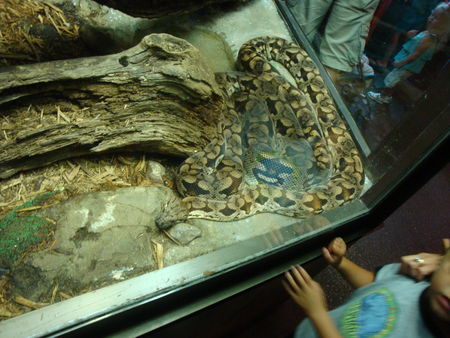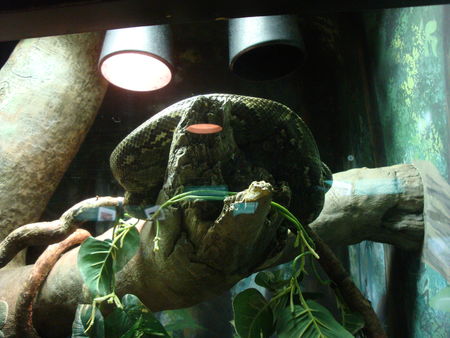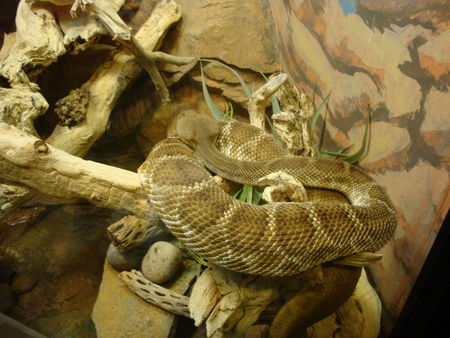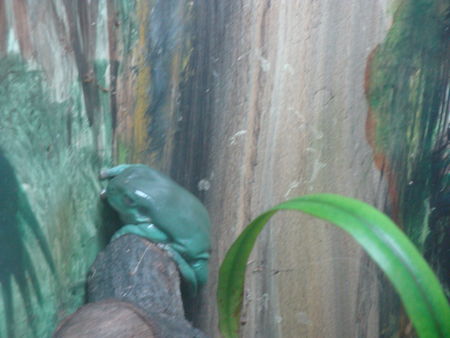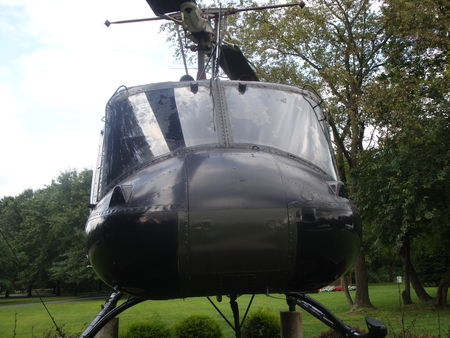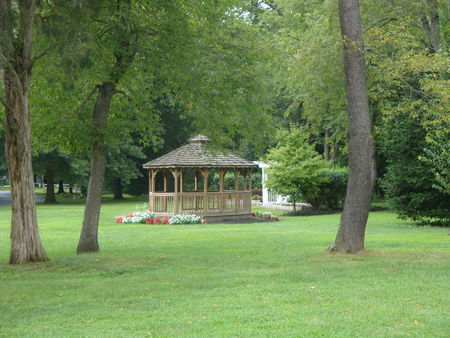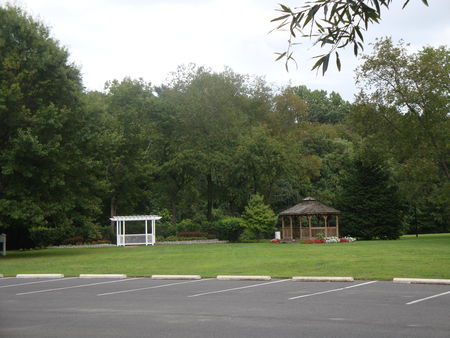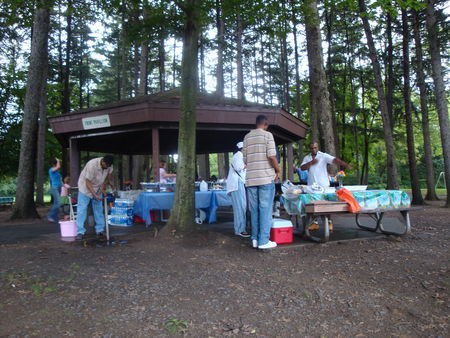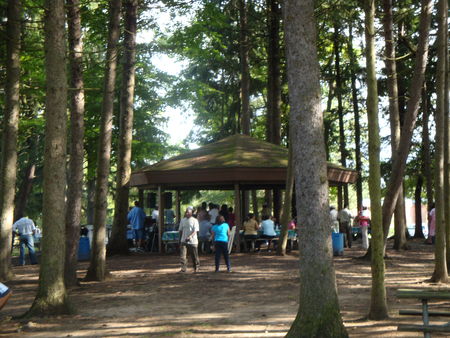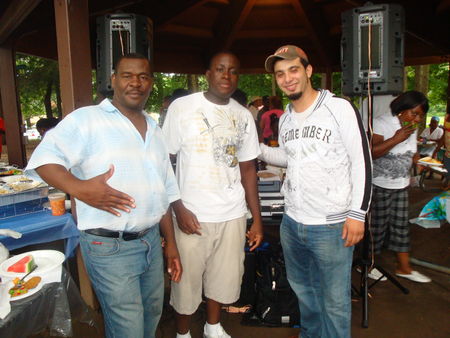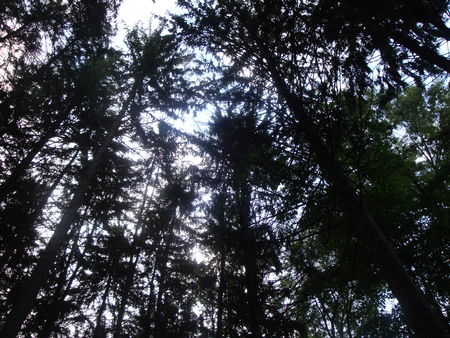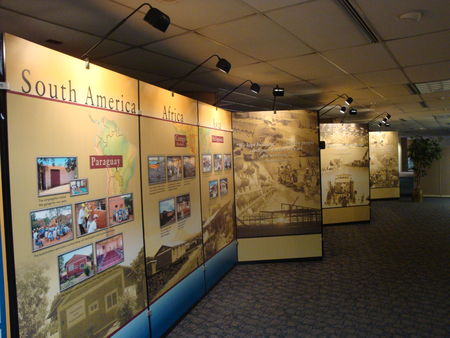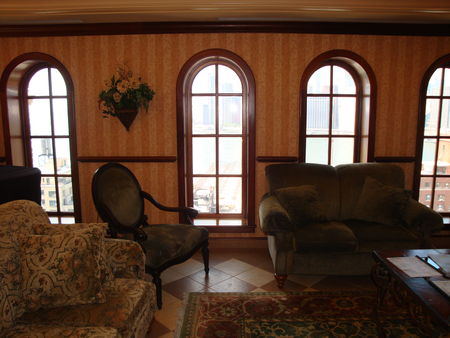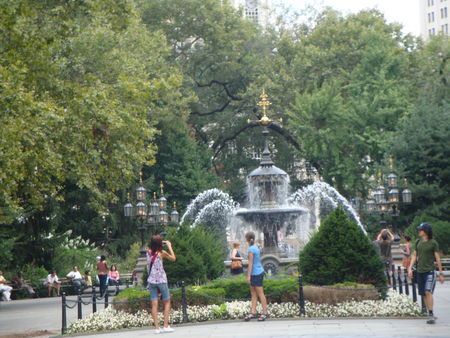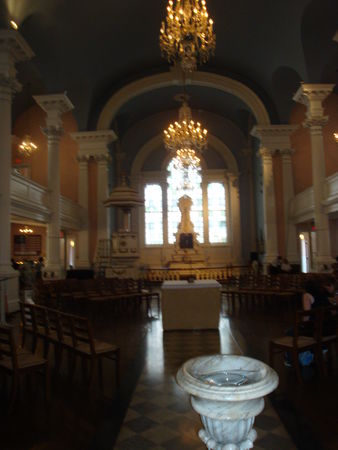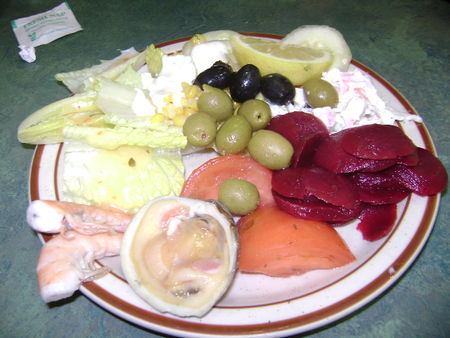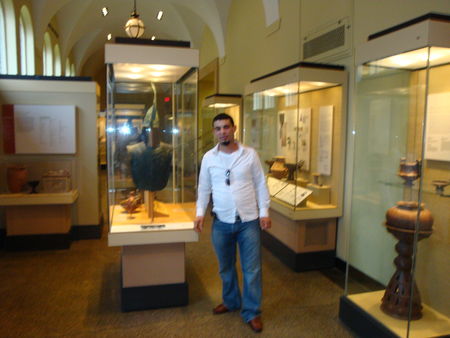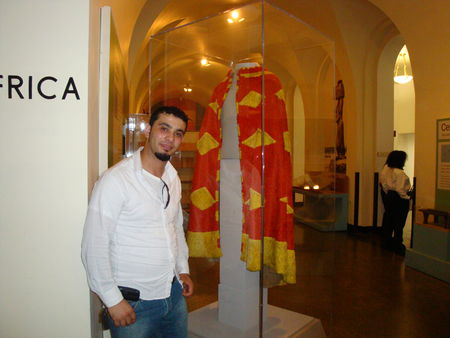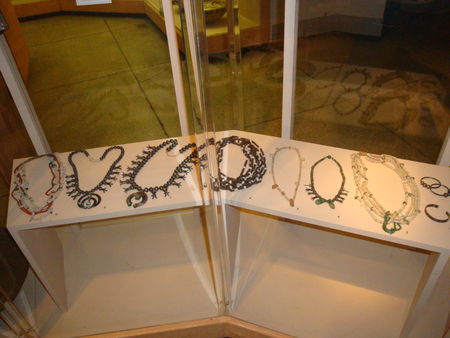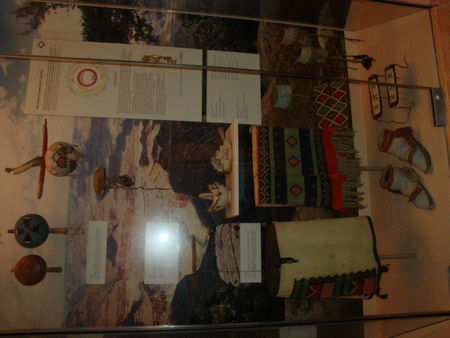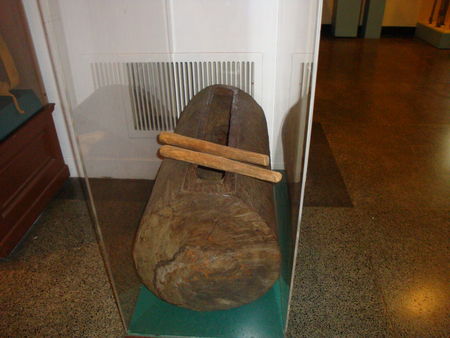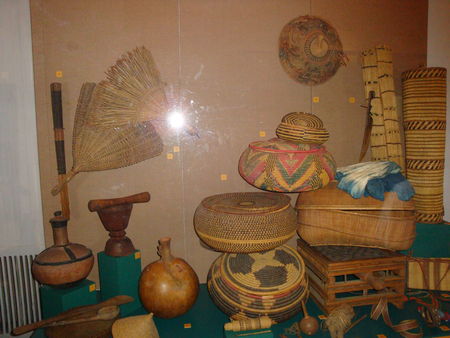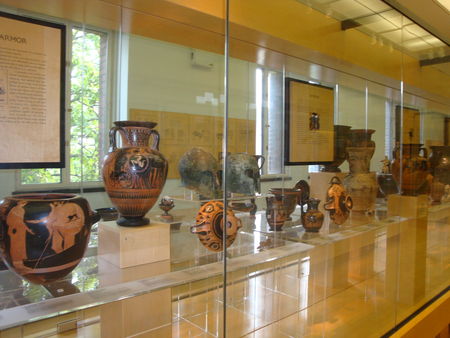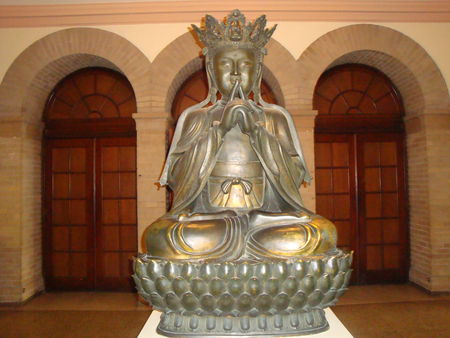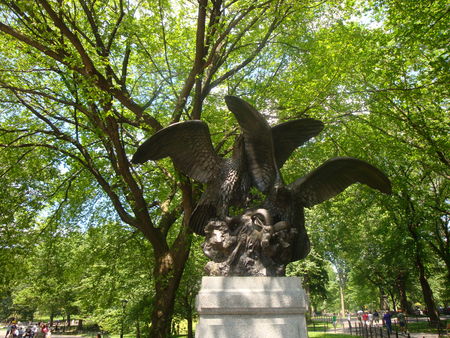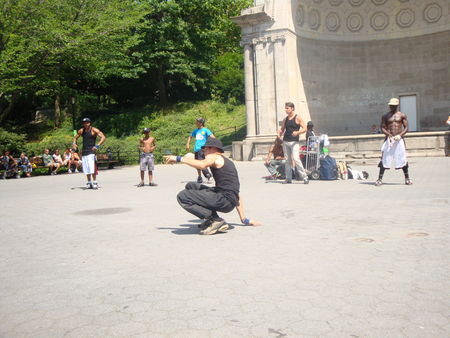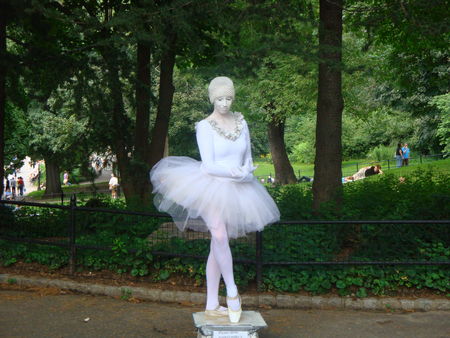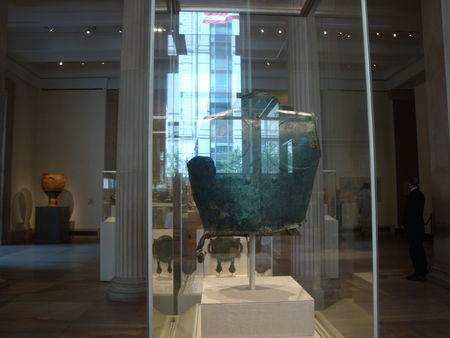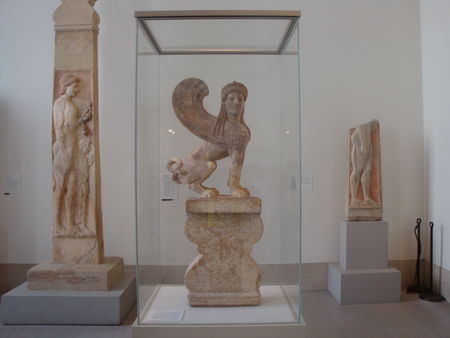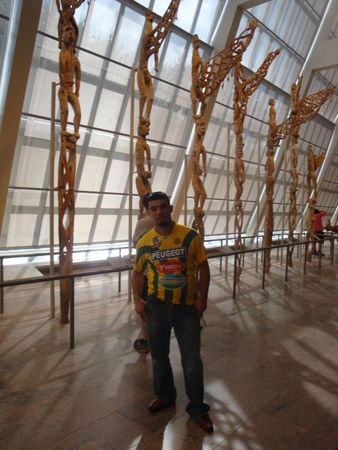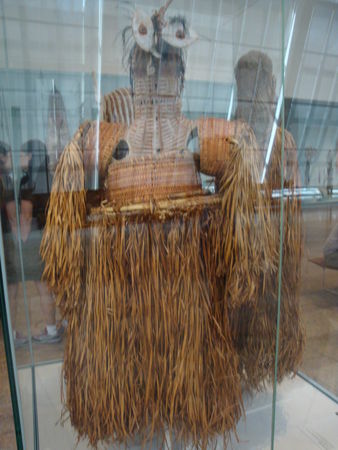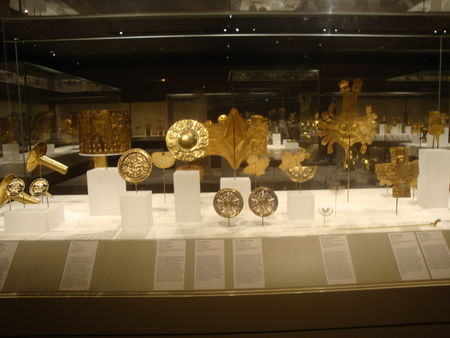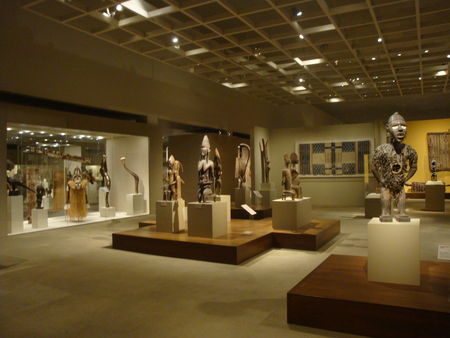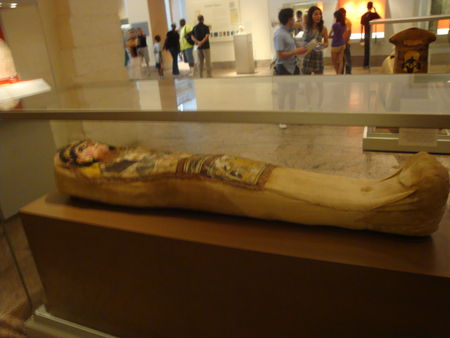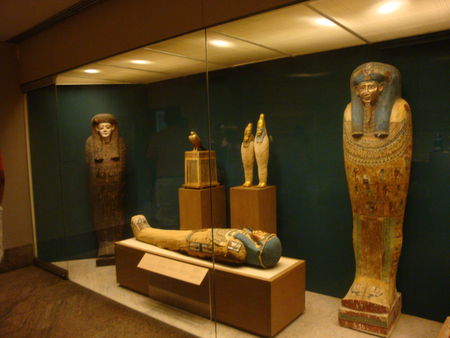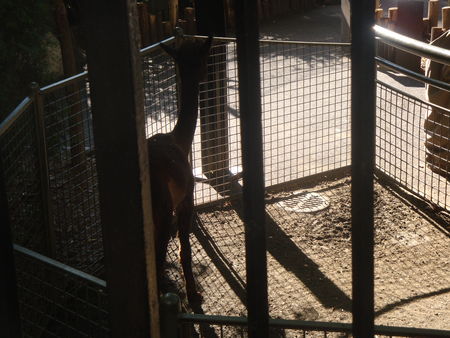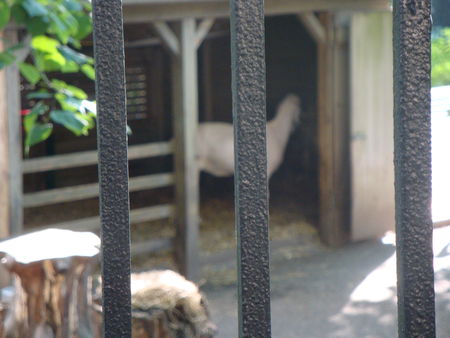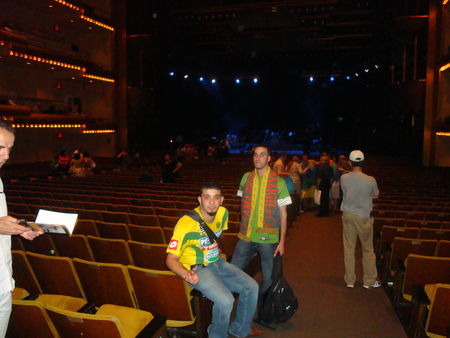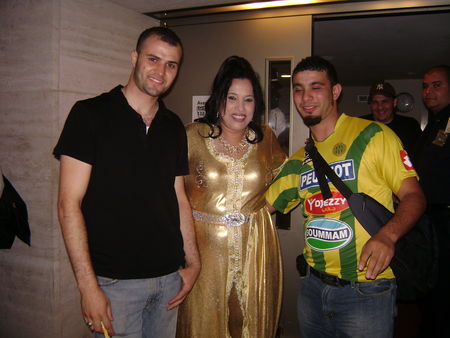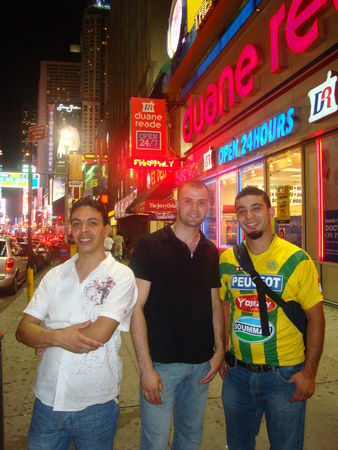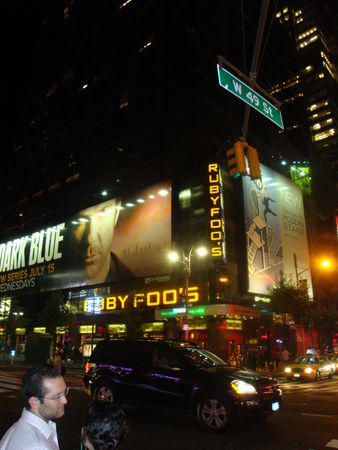Philadelphia Zoo
02 September 2009
Philadelphia Zoo
le premier(first) Zoo in USA
My friends (My class)
Okapi
Central Africa
Giraffe cousin
The okapi (oh-kah-pee) may look like a mix of animals, but it is actually the only living relative of the giraffe.
Both animals have long flexible tongues which can easily grab leaves-even from thorny trees.
Scottish Highland cattle
Worldwide
A rare breed
Today's large-scale cattle farming focuses on just a few breeds, so traditional breeds like Scottish Highland cattle
are becoming rare. Rare domestic breeds are called heritage breeds, and the Zoo is a member of an organization that
works to save them from extinction.
Ostrich
Africa
Fastest runner on two feet!
Ostrich can't fly so they escape from predators by running.They can maintain a steady speed of 30mph with short of
40mph.Each stride can be 10 to 15 feet long!
Look for the ostrich footprints to your left on the ground.They are 15 feet apart!How does your stride compare?
Giraffe
Savannas of southern Africa
Say aaaaaaaaaah
A giraffe's incredible tongue can extend almost 20 inches.In addition, their agile tongue is prehensile which means
it can grab and hold objects. It is thought that the purple-black color protects their tongue from sunburn while reaching for
tree leaves.
Mhorr gazelle
Northwestern Africa
Saved by Zoos
Due to severe over-hunting the Mhorr`s gazelle became extinct in the wild and only survived in zoos. NOW,
zoo-born gazelles are being re-introduced to their native habitat. Mhorr gazelles calves have born here nearly
every year since 2000.
Poitou donkey
France
This donkey was developed solely to bred and produce the world's "finest working mule." As motor vehicles replaced
mules, the number of Poitou donkeys swiftlv declined but thanks to careful breeding, their numbers are on the rise.
Red Kangaroo
Australia
Ever see a Kangaroo walk? When Kangaroos move quickly, they hop. To move slowly, they rest on their front legs and
tail, then swing their hind legs forward. They use this unusual gait because they can't place one foot in front of
the other.
Southern white rhinoceros
Savannas and grasslands of southern Africa
As you can see, white rhinos aren't white. "White" may have originally been a mistranslation of the Dutch word "wijd,"
meaning wide- a reference to this rhino's square lips.
African Lion
Sub-Saharan Africa
The mane difference
The male lion's mane serves many purposes. It helps rival males size each other up and helps attract females.
Research has found that females prefer males with darker manes.
Cheetah
Savannas and grasslands of sub-Saharan Africa
Cheetahs can reach speeds of over 60 miles per hour. Because they can only sustain that speed for a short distance,
they try to sneak as close to their prey as possible before the chase begins.
Fishing cat
Southeast Asia
Fishing cats do most of their hunting in marshes and swamps. True to their name, they can scoop fish out of the water or dive down to snatch shellfish and catch frogs.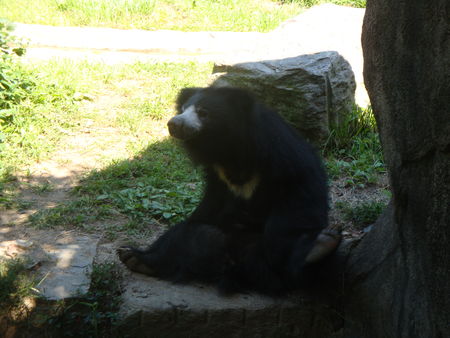
Sloth Bear
India and Sri Lanka
Sloth bear, not bear sloth These bears were once thought to be related to sloths. Like sloths, they are skilled tree
climbers, have long curved claws and lack upper incisor teeth, but despite the similarities, they are truly bears.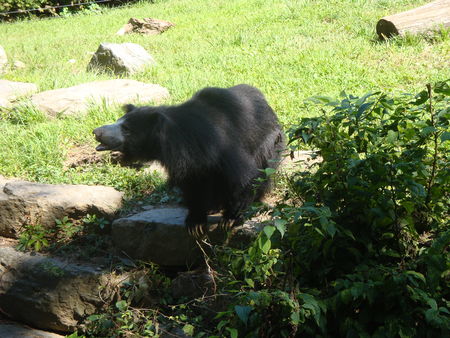
Andean Bear
Venezuela, Colombia, Peru and Ecuador
Bear claws
These bears are the least carnivorous of all bears. So why such big hooked claws? To climb trees, sometimes as high
as 50 feet, in search of fruit and berries and to effortlessly rip apart tough vegetation.
Polar Bear
Arctic Ocean
Go with the floe
One of the polar bear's favorite ways to hunt seals is to wait over holes in the ice where seals surface to breathe.
In order to do this, the bears must migrate with the edgs of the icepack; moving south in winter as the ice advances,
and north in summer as it retreats
Asiatic Black Bear
Japan, parts of China and southern Asia
Big Boys
Male Asiatic black bears can weigh almost twice as females. This male weighs in at close to 500 pounds.
Red panda
Foothills of the Himalayas from Nepal to Myanmar
Meet our new pair of red pandas Pip, the male, is likely to be resting in his hammock, while Jing Li, the female,
could be in the trees or on the ground. Red panda browse their way through mountain forests, using their strong flat
teeth to crush and eat bamboo.
White-nosed coati
SW United States, Central and northern South America
Into the trees
Coatis (ko-ah-tees) use their strong claws and balancing tails to climb trees in search of eggs and other food. Coming down
headfirst, they swivel their hind feet backwards to get a better grip.
Patagonian cavy
Argentina
Will you mara me? Patagonian cavies (also called maras) are one of the few monogamous mammals. Males guard their mates
from both predators and other males.
Capybara
South America
Wanted: river-front property Capybaras always live near water. They eat aquatic plants, they escape from their enemies
and they mate in water. And a good mud bath cools them off and protects their sparsely-covered skin from the sun.
Bearded pig
Borneo
Fruitful farmers
These smart pigs will follow gibbons through the forest and then feed on the fruit the gibbons drop to the ground.
As the pigs scrounge for the scraps, they are tilling the soil and planting the next generation of fruit trees.
Russian Red tree squirrel
Northern Europa and Asia
These squirrels change color with the seasons. In the winter their thick coats are silver gray, but in the summer they
are mostly red.
Dwarf mongoose
Naked mole-rat
Giant elephant shrew
Tanzania (Africa)
This species of shrew forms monogamous pairs that share a common territory, but don't necessarily spend all of their
time together. They can be territorial, and defend their home ranges on a sex-specific basis, with females chasing
off other females and males keeping out other males.
Saddle-billed stork
Lakes, rivers, and marshes of southeastern Africa
Saddle-bills are one of the tallest of storks.They use their long legs to wade into wetlands.There, they catch
fish, frogs and other small animals with their colorful beaks.
Caribbean Flamingo
Breeds on Caribbean islands and Yucatan
The ultimate lawn ornaments Flamingos often display as a group. Watch for head-flagging (stretching up and shaking
their heads side-to-side) fllowed by wing-saluting (one bird stops head-flagging and opens his wings to reveal black feathers).
The American bald eagle is making a comeback! In some parts of Delaware Vally, it's pretty easy to observe eagles.
But that wasn't the case in the early 1990s. At that time, Pennsylvania had as few as eight breeding pairs.
The problem... in an aggshell
DDT and other harmful chemicals build up in the food chain, so predators at the-like eagles- are affected most.
Hyacinth macaw
Parts of Brazil, Paraguay and Bolivia
Nutcracker
Have you ever tried to crack a Brazil nut? These birds can break their hard shells almost as easily as we crack
peanuts. In the wild, hyacinth macaws use their strong beaks to crack open palm nuts.
A wonderful bird is the pelican, his bill will hold more than his belcan...
It's true. The brown pelican's large throat pouch can hold up to three gallons of water. Pelicans use the pouch
like a net to scoop and hold fish. On a hot day, the bare skin may help dissipate heat.
Southern ground hornbill
Savannas and forests of central and southern Africa
Picky eaters?
These hornbills eat insects, small mammals, and a variety of other foods. They'll even pick through the dung of
other animals, perhaps looking for insects that feed on the dung.
Kea
New Zealand (South Island)
A brainy bird
Nicknamed "clowns of the mountains," these curious parrots investigate almost anything. Campers in New Zealand may
find that keas have "investigated" tents and supplies a little too enthusiastically.
Rodrigues fruit bat
Island of Rodrigues, Indian Ocean
What that smell?
The exhibit's mesh front lets you get a good whiff of the bats. You may smell a "perfume" from the bats scent glands
that they probably use to establish dominance or mating relationships. (The Rodrigues bats are the larger, darker-colored
bats you see here.)
Emu
Australia
Stay-at-home dad Emus have peculiar nesting habits. It is the male emu who builds a nest and then sits on the eggs.
When the eggs hatch, the male cares for the chicks, sometimes even chasing away their mother to protect them.
Wet behind the ears
This black swan just dipped into the water and you can see how the water beads up. Bird feathers are waterproofed
by frequent preening with oil from the base of the tail distributed over the entire body.
Black-necked swan
Southern South America
Two left feet if you happen to see this swan out of the water, it may not look very coordinated. With legs set farther
back on the body than other swan spescies, these swans are great swimmers but poor walkers.
Coscoroba swan
Central and Southern South America
Coscoroba swans, like many other waterfowl, perform "triumph ceremonies. "After a male has scared off a rival suitor
he performs an elaborate series of postures and calls for the benefit of his potential mate.
Humboldt penguin
Coast of Chile and Peru
The Zoo helps protect the Punta San Juan Reserve in Peru, an important nesting area for this species. We pay rangers
who guard penguin eggs and chicks from feral dogs and other predators.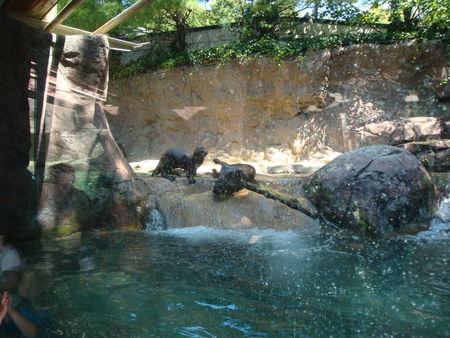
Gaint river otter
South America
Helping otters
Threatened by hunting, habitat loss and other dangers, only a few thousand giant otters may survive in their native
habitat. You can help giant otters through the Zoo's conservation programs. Check our website at www.philadelphia.zoo.org.
West African dwarf crocodile
West and west-central Africa
Scientists believe most populations of this species are stable, but these crocs are difficult to observe, so no one'sure. The
crocs' remote habitat of rainforest swamp is hard to get to, and unlike other species that bask in the sun for long
periods, dwarf crocs remain in hidden burrows for much of the day, emerging at to feed.
Nile crocodile
Sub-Saharan and northeastern Africa and Madagascar
Crocodiles don't chew their food. When meals are too large to be swallowed whole, crocs hold onto pery with their
large teeth and thrash their heads from side to side or roll in the water to tear the body into smaller chunks.
American Alligator
S.E.United States
Unregulated hunting for the leather trade nearly drove alligators to extinction. Outlawing hunnting and closing alligator
hide tanneries allowed these reptiles to recover. Today, alligators are numerous enough that controlled hunting occurs
throughout most of their range.
Dwarf caiman
Northern South America
Natural oven
A mother caiman lays her eggs inside a mound she makes out of dirt, fallen leaves, and twigs. As the vegetation
in the nest decomposes, it produces heat and incubates the eggs.
A pet you'd regret
Caiman and other crocodilians make really bad pets. Even this small species grows to four feet when adult and other
types grow much bigger. We took these caiman in after the U.S. government confiscated them from somebody trying
to import them illegally.
Hippopotamus
Africa, south of the Sahara
Water babies
A hippo can stay underwater for up to six minutes at a time. They are almost the same density as water, so they can
either float at the surface or walk on the bottom. Hippos spend their days in the water and come on land at night to feed.
Heavyweights
Our hippos, both females, probably weigh about 4,500 pounds each. Compare this to a rhino, at about 5,000 pounds. The only land
animal which weight more is an elephant-males can weigh over 15,ooo pounds.
Greater one-horned rhinoceros
India and Nepal
Armor-plated
Tough, hard skin protects the rhino from insects. The stiff plates are connected by soft, sensitive folds that allow the rhino to move.
Where's the rhino?
Look to your left-she may be in the pool. Greater one-horned rhinoceros are good swimmers and use mud or water to cool off and avoid biting
flies.And instead of standing on their feet all day,they let the water support their heavy bodies!
Gorilla
."Black-and-white colobus monkey
Central Africa
when neighboring colobus troops spot each other in the trees, they jump up and down. Their flashing black-and-white
fur sends a vivid long-distance signal-"Keep out of our territory".
Pied tamarin
Brazil
Bald, beautiful, and in trouble. The pied tamarin is found in one tiny area of Brazil and is threatened by deforestation.
In 1994, Philadelphia became the first Zoo in the U.S. to breed this endangered monkey, and we continue to lead
the national breeding program.
Bolivian gray titi monkey
Bolivia
Titi tails
Titis live in small family groups that include a breeding pair and their offspring. More "low key" than many
other monkeys, titis will often sit quietly side-by-side for long periods, with their tails twined together.
Prehensile-tailed porcupine
Central and South America
These porcupines are nocturnal and spend the day sleeping in tree branches. Their long prehensile tail is like a fifth
hand and helps them hang on tight when moving through the treetops. If you don't see them, look up!
Geoffroy's marmoset
Southeastren Brazil
Rare pair
Our two adult marmosets (MAR-muh-sets) are a special pair. Because they have a rare bloodline, we are hoping they
will breed often. Their offspring will go on to find mates in zoos all over the country.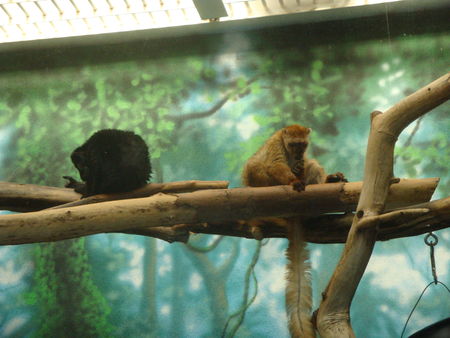
Blue-eyed lemur Madagascar
Rare New Lemur Found!
The blue-eyed lemur (LEE-mer) was long thought to be a myth. It wasn't until 1983 that an expedition to Madagascar
tracked them down. Incredibly rare, there may be as few as 1,000 left in the wild
White-faced saki
Northern South America
Color-coded sexes
In most monkeys, males and females are the same color, but that's not true for white-faced sakis. In this species,
males are black with white faces, while females have grizzled gray fur. How many of each sex are in this family
group?
Douc langur
Vietnam, Cambodia
Where do I come from?
Our douc langurs are from the San Diego Zoo. Zoo rarely get monkeys from the wild anymore. In fact, nearly all the
monkeys in this building were born here or at another Zoo.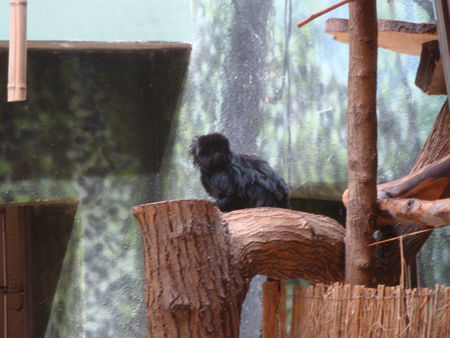
Goeldi's monkey
Upper Amazon Basin (parts of Peru, Ecuador, Brazil, Colombia and Bolivia)
Feasting on fungus
In addition to fruits and insects, Goeldi's monkeys eat tree mushrooms that grow on bamboo and rotting wood. If this
sounds strange, think again. You've probably eaten similar mushrooms in Chinese egg rolls.
Mongoose lemur
Madagascar
Red for boys, white for girls
In most primates, males and females are the same color. But check the necks of these mongoose lemurs males
have red neck fur where females have white.
Pygmy marmoset
TORTOISE TRAIL
Eastern box turtle
Eastern United States
Box turtles are popular pets. Most box turtles sold in pet stores are caught in the wild. In 1992, more than 26,000
were caught. Unregulated collecting results in removing more turtles from the wild than are born each year and will
ultimately lead to their extinction. New laws will help protect these turtles.
Flat-tailed spider tortoise
Madagascar
You big baby
Flat-tailed tortoise eggs are big. So big, in fact, that sometimes the mother's bottom shell splits a little to
allow the egg to pass out of the body. The shell closes up after the egg has passed. The eggs are so big, females
only lay one per clutch.
Central American river turtle
Belize, Guatemala, Southern Mexico
A Zoo first
In 1994, the Philadelphia Zoo received a female of this species. Soon after her arrival, she laid eggs and four babies
hatched-the first captive hatching in the world. In 1998, the same female mated and two babies hatched-the world's
first captive breeding of this endangered turtle.
Pig-nosed turtle
New Guinea, Cape York Peninsula of Australia
Paddle power
Compare this turtle to the other aquatic turtles here. The feet of the pig-nosed turtle are more specialized for
swimming-shaped like paddles and similar to the flippers of a sea turtle.
Alligator snapping turtle
Southeastern United States
The original fishing lure
When it's hungry, all an alligator snapping turtle has to do is open its mouth and stay still. The turtle has a special worm-like
appendage in its mouth that lures fish. When a fish nibbles at the "lure," the turtle slams shut its strong jaws,
trapping the fish.
Flat-tailed spider tortoise
Madagascar
Like many other tortoise species, flat-tailed tortoise babies may have a yolk sac that stays attached through the
under-side of the shell for about a week after hatching. The yolk is slowly absorbed through the shell, providing
the baby with nutrients in its first few days.
Giant Day Gecko
Phelsuma madagascariensis grandis
Class: Reptilia
Family: Gekkonidae
Size: 8 to 10 inches
Food: Invertebrates, fruit and nectar
Range: Northwestern Madagascar
Habitat: Tropical forest trees, banana palms and houses
Panther chameleon
Madagascar
Chameleons are famous for changing color to match their background, but some use color for more than camouflage.
When female panther chameleons are pregnant, their skin becomes dramatically darker. The reason for this change is
unknown, but it may help the female avoid unwanted advances from males.
Green anaconda
Northern South America
Anaconda are one of the largest predators in South America. With eyes and nostrils near the top of their head, aquatic
ambush is their specialty. Waterfowl and reptiles are common meals for wild anacondas, and they can even snatch monkeys
from branches hanging over the water
Reticulated Python
Southeast Asia
Long and lethal, this snake uses its impressive body to both catch and kill its prey. The reticulated, or web-like
patterns of the snake's scales make it virtually vanish amidst leaves and trees. The stealthy python can sneak up
on unsuspecting animals and wrap tightly around them.
Cornsnake
Eastern United States
Cornsnakes are strong constrictors, feeding on birds and mammals. Cornsnakes grab their prey behind the neck and
quickly "tie them up" with their coils, which keeps the animal from biting, kicking, or scratching the snake. The snake then
squeezes its prey until it suffocates.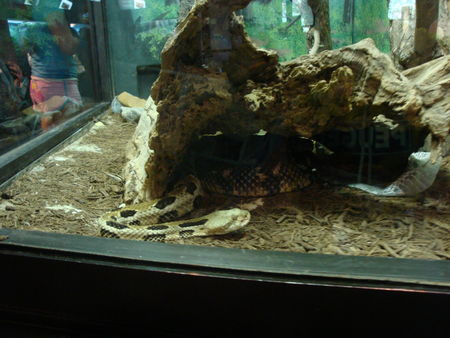
West African gaboon viper
West Africa
At a maximum size of more than six feet long and six inches in diameter, the gaboon viper is one of Africa's laegest venomous
snakes. Despite their size, their pattern and broad leaf-shaped head camouflage them among the leaves of the forest floor,allowing
them to ambush their prey-small mammals and birds.
Forest Cobra
Central and Southern Africa
Green tree python
New Guinea and northern Australia
Unrelated twins
Compare this snake to the emerald tree boa, which you can see across the hall behind you. These two snakes are
found across the world from each other but with similar habitats and habits, have evolved to look very much alike.
Dumeril's ground boa
Madagascar
lying still in the leaf litter of the forests of Madagascar, Dumeril's ground boas are nearly invisible. Coiled
up and still, a boa may wait for days for a bird or mammal to come by. Zoos across the country are cooperating to save
Dumeril's boas threatened by habitat destruction in their native forests.
Madagascan tree boa
Madagascar
Many boas and pythons still have remnats of hind legs. Located near the end of the snake's body, at the cloaca, are two tiny spurs
that are actually upper legs. During courtship, the male scratches the female with these spurs, stimulating a response.
Blacktail rattlesnake
Mexico, S.W.United States
The genus name Crotalus comes from the Greek word crotalon, meaning rattle or little bell. This species
has two distinct color phases, yellow and gray, both of which have the distinctive black tail for which it is named.
133
Conant's milksnake
Mexico
This milksnake was named after a famous herpetologist and reptile curator from the Philadelphia Zoo. Each of the
25 different subspecies of milk snake has a unique pattern. The head of a Conant's milksnake is almost completely
black except for a broken yellow ring.
Broad-banded copperhead
S.W.United States
This snake was originally described by Roger Conant, the Philadelphia Zoo's first reptile curator. Young copperheads
have a yellowish tail tip that they twitch to lure prey.
Western diamondback rattlesnake
S.W.United States
The western diamondback is the second largest rattlesnake found in the US. Combining their large size (nearly
seven feet), aggressive disposition and potent venom, they are a formidable adversary, and possibly the most
dangerous venomous snake in the U.S
Red diamond rattlesnake
SW California & Baja California
Male rattlesnakes go through an elaborate courtship dance to win a female. The snakes will rise up and twine around
each other, attempting to force the other one down. Once pinned, the loser will crawl off and try again.
Prehensile-tailed skink
Solomon Islands (South Pacific)
If you think this lizard is using its tail to hold onto a branch, you're right. This neat trick is just one of the
features that makes this skink so unusual. It also gives birth to live babies (each up to a foot long), and cares for
its young after they're born.
Spiny-tailed lizard
Northern Africa and Southwestern Asia
These lizards dig deep burrows that are necessary for their survival. When threatened, they lodge themselves headfirst
into the entrance, fill their bodies with air, and thrash their spiny tails back and forth to deter the enemy.
Cila monster
S.W. United States, NW Mexico
Gilas are one of only two venomous lizards in the world. The bites are painful but usually not fatal. Gilas feed
primarily on ground-nesting birds and their eggs. The Gila monsters are usually active at dusk and at night.
They will rest underground during the heat of the day.
Hosmer's skinks
Philadelphia is the only US Zoo to exhibit this species. Like many other skinks, the Hosmer's can shed its tail to
avoid a predator. The tail will regrow but usually without the pattern and color of the original. The rough scaly
covering of this lizard also help to protect it from predators.
White's treefrog
Australia, New Guinea
White's treefrogs produce chemicals that help protect their sensitive skin by destroying viruses and bacteria.
Scientists are now conducting research to see if this amphibian antibiotic could help fight human diseases.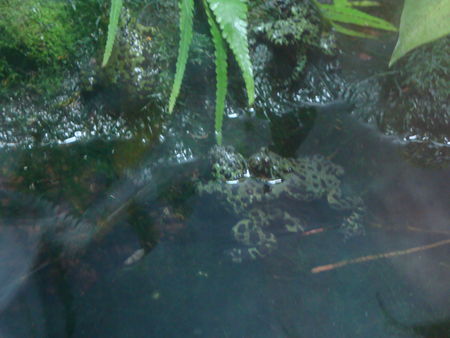
Fireblly toad
Europe, Asia
In the animal world, brigh colors are often warnings to predators. Firebelly toads are poisonous, but they rely on
overall camouflage coloring to avoid predators. When camouflage fails, they lift their body, revealing a bright red
belly, warning predators to stay away.
African bullfrog
Southern Africa
During the rainy season, these bullfrogs are almost everywhere, but when the pools dry up, they disappear. The frogs
burrow deep into the ground where they shed a layer of translucent skin that acts like a water-saving cocoon.
They may stay under ground for a year waiting for rain.




